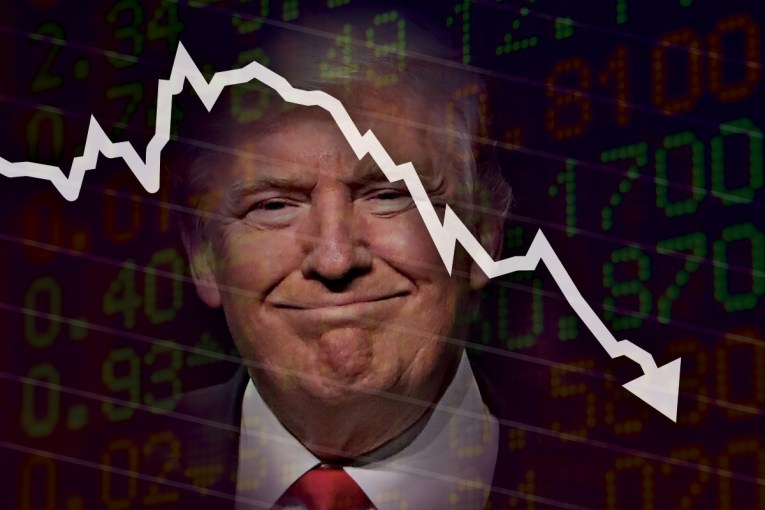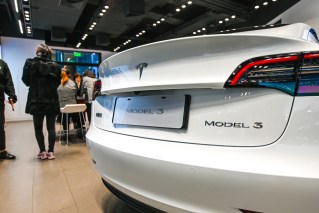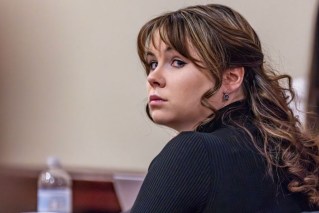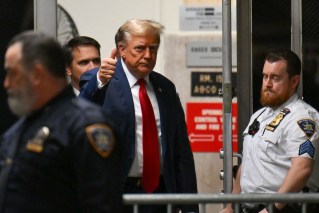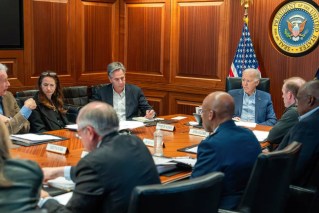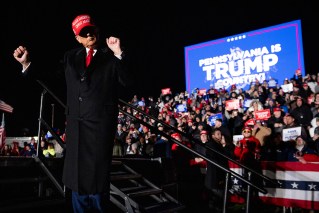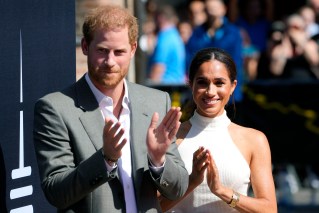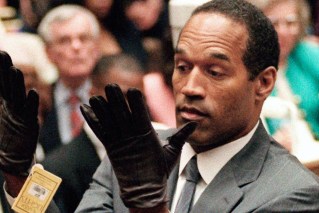George Floyd’s death shows power of social media as US continues to grapple with racial tensions
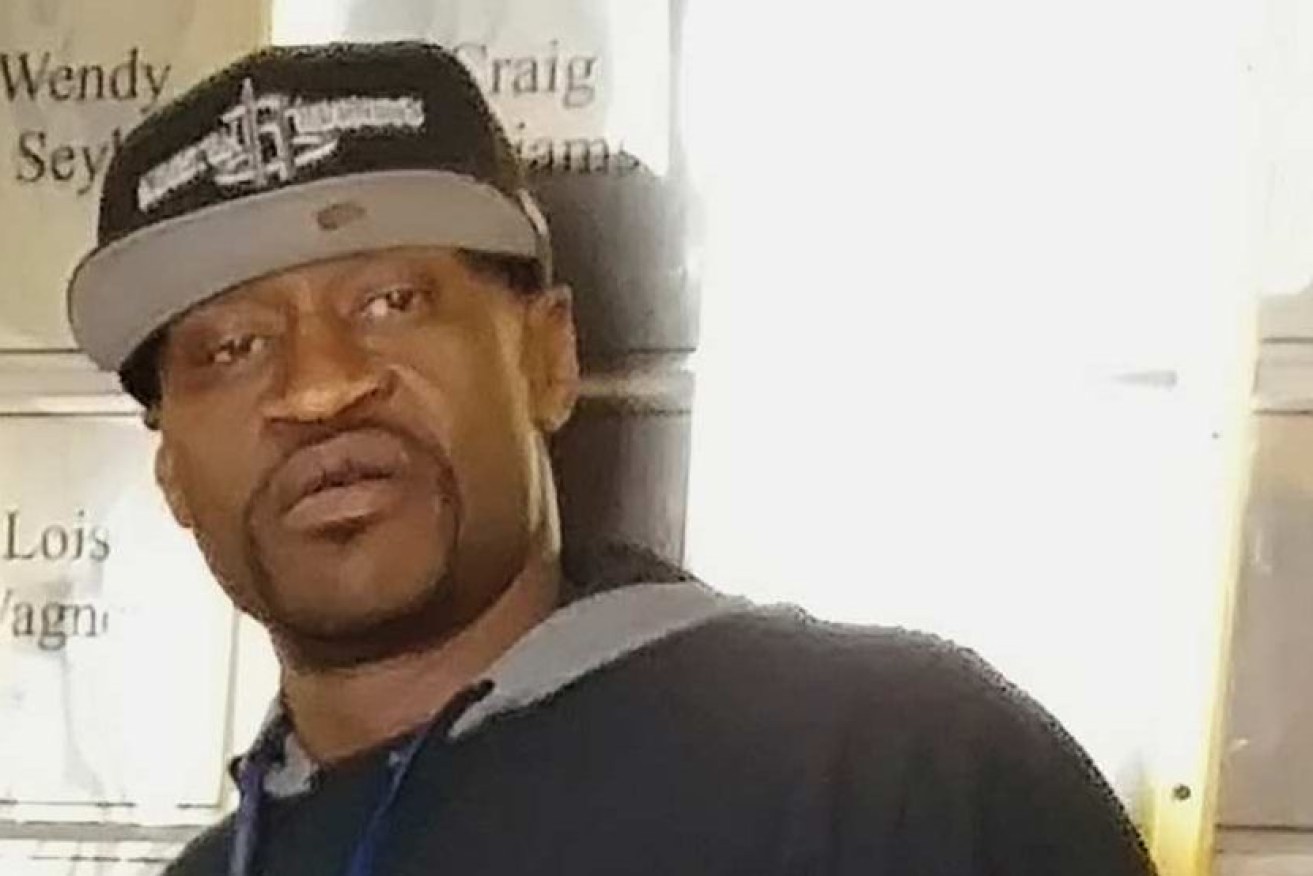
George Floyd, 46, worked as a security guard at a Minneapolis bistro and coached basketball and football in his spare time. Photo: AP
It’s happened again.
Another black man has died at the hands of a white police officer, and Americans are again in mourning.
The official account from Minneapolis police was short and lacked detail.
An allegation of forgery. The suspect — a man who appeared to be “under the influence”, “who physically resisted officers”, and who appeared to be “suffering medical distress”.
But the video that emerged hours later told a drastically different story. It shows a police officer weighing his knee into the back of the suspect’s neck.
For nine excruciating minutes, the officer continued to hold his handcuffed victim firmly against the concrete as bystanders called on him to stop.
Repeated pleas for air by the alleged suspect — “I cannot breathe, I cannot breathe” — also went ignored.
The face of this latest act of police brutality is 46-year-old George Floyd.

The Minnesota Bureau of Criminal Apprehension and the FBI are both independently investigating George Floyd’s death. Photo: AP
The video, captured by a passer-by, went viral on social media. Within 24 hours, local authorities sacked the four officers involved in the arrest.
Videos of police interactions with civilians — whether taken by the people involved, or by bystanders — have in many ways become central witnesses to investigations, often challenging official police accounts.
It gives the public a chance to play judge and jury in cases that could get swept under the carpet.
But it also begs the question, what might have happened if this didn’t take place in broad daylight?
‘They murdered my brother’

The death of George Floyd has revived tensions between local police and the Minneapolis African-American community. Photo: AP
Two separate agencies, including the FBI, have been called to investigate.
But the swift actions of authorities to simply remove the four officers from duty has done little to quell the anger brewing in Minnesota and across the nation.
For a family embroiled in grief, an enraged community that’s seen this all too often before, and many prominent politicians on both sides of America’s deeply partisan political aisle, it wasn’t enough.
“Those guys need to be put in jail, they murdered my brother, they killed him,” Bridget Floyd said.
“They don’t need to walk the streets.”
The fury and grief spilled onto the streets of Minneapolis on Tuesday night (local time), with hundreds of protesters demanding justice for Mr Floyd.
They were joined in spirit by politicians, activists, celebrities and athletes on social media, who also called for the officers to be held accountable.
You deserved your breath, your dignity, your life. Not to die in the street, murdered by a white cop’s knee on your neck. You deserve our tears, our prayers, our rage, our action. We must act – for you – and for all of those were no cameras are present. We must. #GeorgeFloyd pic.twitter.com/JeMNUtkXv6
— Ava DuVernay (@ava) May 27, 2020
Plumes of tear gas filled the air as demonstrators hurled rocks at police, smashed windows at the local station and sprayed graffiti across the walls.
“His life mattered,” Joe Biden wrote on Twitter, and called for charges to be laid.
George Floyd deserved better and his family deserves justice. His life mattered.
I’m grateful for the swift action in Minneapolis to fire the officers involved — they must be held responsible for their egregious actions. The FBI should conduct a thorough investigation. https://t.co/n1tdiUba0x
— Joe Biden (@JoeBiden) May 27, 2020
US President Donald Trump spoke publicly about the incident for the first time on Wednesday, saying: “I’m very sad about it, very, very sad”.
But he didn’t weigh into the debate over charges.
At my request, the FBI and the Department of Justice are already well into an investigation as to the very sad and tragic death in Minnesota of George Floyd….
— Donald J. Trump (@realDonaldTrump) May 27, 2020
Meanwhile, Minneapolis Mayor Jacob Frey — in his second emotional press conference in less than 24 hours — called on Hennepin County attorney Mike Freeman to lay charges.
“I want to see a charge take place, I want to see justice for George Floyd,” he said.
“I think we’ve seen a very long history in this country of charging decisions being made that did not do justice to the victims.
“Especially when the potential charging decision was against a law enforcement individual, and even more so when that law enforcement officer was white and the victim was black.”
George Floyd’s death is the latest in a long line

George Floyd’s death sparked outrage and protests in Minneapolis. Photo: AP
Police in Minnesota have come under fire for brutality before.
In 2016, black man Philando Castile was shot dead by an officer after he was pulled over for a broken taillight.
Millions of people around the world watched his death streamed live on Facebook as his horrified girlfriend recorded his final moments.
White Australian woman Justine Damond Ruszczyk was shot dead after calling police for help to report a suspected rape in an alleyway behind her Minneapolis home.
The officer in the Castile case was acquitted on all charges. The officer who killed Ms Damond Ruszcyk was sentenced to 12 and a half years in prison, and her family received a civil payout of $US28 million.
This controversy engulfing the midwestern state is not unfolding in a vacuum.
As American society has been strained under the pressure of the coronavirus pandemic, it’s also been dealing with other questionable acts of bias against black Americans.
A video recording of the death of 25-year-old black man, Ahmaud Arbery, was shared on social media several months after he was shot dead while out jogging.
Father and son Gregory and Travis McMichael — both white men — were charged over his murder, but only after the video emerged.
A big question mark hangs over the time it took police to act.

Police used tear gas to disperse protesters who gathered to rally against the death of George Floyd. Photo: AP
This week, a recorded encounter in New York’s Central Park, showing a white woman calling police on a black man, also sparked outrage.
The video shows the man saying he is simply asking the woman to put her dog on a lead.
The woman threatens to call 911 and tell them “there’s an African-American man threatening my life”.
“He’s recording me and threatening me and my dog,” she tells emergency operators multiple times as the man, recording her, keeps his distance.
After the video surfaced, the woman was fired by her employer, investment firm Franklin Templeton. She has since made an official on-air apology for her behaviour on American television.
But the death of Mr Floyd more closely echoes the case of Eric Garner, a black man who died after police put him in a choke hold.
New York City police officer Daniel Pantaleo was never charged with a crime, but was fired last year on a judge’s recommendation.
The police handling of his case sparked widespread protests and was yet another example of a white officer walking free over the death of a black man.
Garner’s death become a focal point for national conversations on race and police brutality, with his last words “I can’t breathe” becoming a rallying cry for protests across the nation.
In 2019, almost 1,100 Americans were killed by police. About a quarter were black, but African-Americans only make up 13 per cent of the population.
It might be easier to hold police accountable in the age of social media where the court of public opinion can play a role.
But if the court system doesn’t offer a fair trial, the power of citizen journalism wanes.
The people of Minneapolis are vowing to continue taking to the streets to make sure that doesn’t happen.
-ABC
